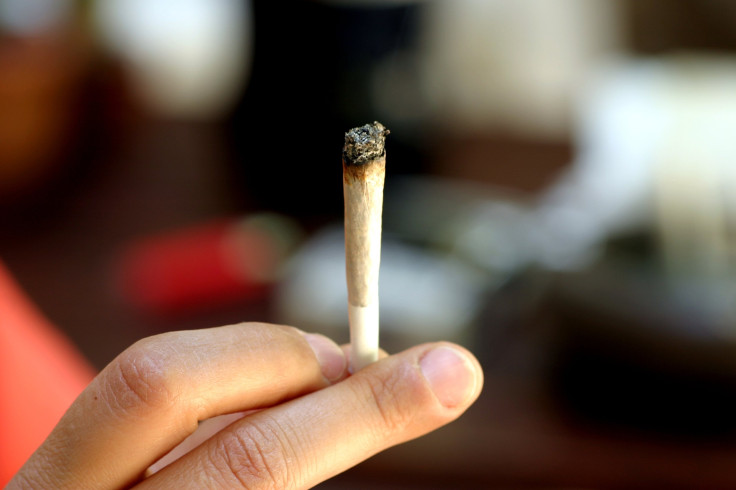Medical Marijuana Legalization Hasn't Led To Increased Teen Use, Study Finds

As a growing body of evidence continues to expose the medicinal benefits of marijuana, opponents of its legalization insist the drug can cause more harm than good. And while some points they make should be considered, such as the effects edibles have on children, one point they keep trying to drive home holds no weight: Despite what they might say, teen marijuana use does not increase with marijuana legalization. In fact, according to a new study, it might even drop.
“Our findings provide the strongest evidence to date that marijuana use by teenagers does not increase after a state legalizes medical marijuana,” said Dr. Deborah Hasin, professor of epidemiology at Columbia University Medical Center in New York, in a statement.
The study found marijuana use over the previous 30 days was higher in states that legalized the drug for medicinal purposes. But it wasn’t the laws that led to increases in drug use, the researchers said. Instead, people’s relaxed attitudes toward the drug — and their tendencies to use it more — led to their states passing medical marijuana laws. For this reason, Hasin said states considering medical marijuana laws should work toward “identifying factors that actually play a role in adolescent use” and not how their implementation affects teen marijuana use.
The study was completed by the Columbia University Mailman School of Public Health, along with the National Institute on Drug Abuse, and the New York State Psychiatric Institute. It used data from the Monitoring the Future Survey, which collected data from over a million students in 8th, 10th, and 12th grade (aged 13 to 18) between 1991 and 2014 — a time period when 21 states passed medical marijuana laws. In addition to finding there wasn’t an increase in teen use, it also found marijuana use dropped among the youngest teens, from eight to six percent.
The findings confirm what many people in medical marijuana states have already known. An example: In Colorado, where recreational pot is also legal, Governor John Hickenlooper said in an interview with Reuters, “It seems like the people that were smoking before are mainly the people that are smoking now.” In addition to Colorado, Alaska, Washington, Oregon, and the District of Columbia have legalized recreational weed. Nineteen states have legalized it for medicinal purposes.
Despite their findings, Hasin still warned “early adolescent use of marijuana can lead to many long-term harmful outcomes.” After all, a person’s brain undergoes drastic changes from childhood to their early 20s. During this time, the largest part of the brain, the cortex, divides into lobes that simultaneously mature — neuronal synapses become larger and stronger, allowing the person to learn new things more efficiently. These changes also make the brain vulnerable, and thus marijuana may be harmful. Studies have suggested teens who smoke marijuana could be at an increased risk of long-term memory loss and mental illnesses like schizophrenia.
While legalization may not be increasing teen use of the drug, its increased availability may have contributed to an increase in drug violations at schools in Colorado, CBS reported. And that’s despite the drug being legal to only adults aged 21 and up. Thus, experts in marijuana policy may rest easy knowing teen use doesn’t increase, but there are still many issues to work out when it comes to legalizing the drug, whether it’s for medicinal or recreational purposes.
Source: Hasin D, Wall M, Keyes K, et al. Medical marijuana laws and adolescent marijuana use in the USA from 1991 to 2014: results from annual, repeated cross-sectional surveys. The Lancet Psychiatry. 2015.



























